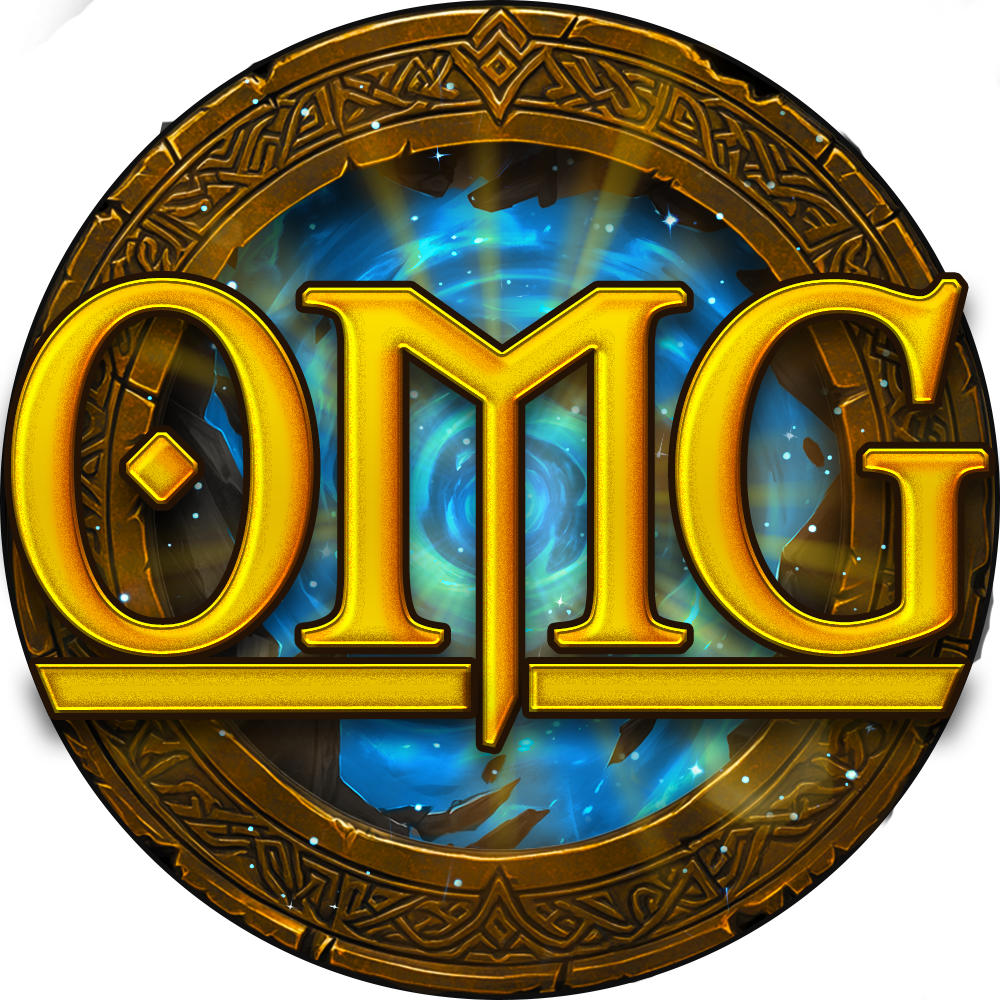AI "Art": Bringing Old Mana Game to Life
- INDI
- Dec 7, 2024
- 4 min read
Updated: Dec 10, 2024
Creating Old Mana Game has been a journey of passion, persistence, and creativity. As a solo creator, I’ve poured countless hours into building this fantasy TCG—every mechanic, every story, and yes, every piece of art.
It’s important to say this upfront: Before an artwork ever comes to life, the card already exists. The name, the effect, the lore, the race, and the card’s role within the game are carefully crafted beforehand. The vision is set long before tools like MidJourney enter the picture. AI is not the beginning of the process—it’s the tool I use at the very end to bring that vision into a visual form.
The visuals you see here aren’t placeholders. They are the final product, shaped through a mix of modern tools and hands-on work. I know it’s something AI enthusiasts like me have said before, but it’s true: tools like this made Old Mana Game possible in a way I never thought I could achieve alone.
How the Art Comes to Life
Creating artwork for Old Mana Game isn’t about pressing a button and hoping for the best. It’s a process—deliberate, precise, and layered with effort.
By the time MidJourney (AI) becomes part of my process, I know exactly what I need: the mood, the character, the lore, and the design. It’s about precision, not randomness. For every finished piece, there are often dozens, sometimes hundreds of iterations. I tweak prompts, adjust phrasing, and refine the style until I get the right foundation. Over time, I’ve become faster, but getting that perfect starting point still takes trial, error, and experience.
From there, the real work begins in Photoshop:
I break the image into layers, separating every component to allow full control.
I refine, repaint, and reimagine details to match the tone and design of the game.
I add effects, adjust the composition, and integrate the artwork into the card itself.
The artwork, while essential, is often just 10% of the finished card file. The remaining 90%? It’s layers, smart objects, text, and careful adjustments to bring it all together as a playable, cohesive piece.
I know—nothing you haven’t heard before from an AI enthusiast. But tools alone don’t create a game. It’s the hours of iteration, the creative decisions, and the effort to bring each card to life that truly matter.
AI as a Tool, Not a Shortcut
I understand why AI-generated art sparks debate. I’ve heard the arguments, and I get where they come from. But for me, AI is just that: a tool—a way to make the images in my head a reality.
I’m not “just pushing a button.” Without modern tools like this, a project of this scale would have been impossible for someone like me. But every image is shaped, refined, and crafted with my input. The tools may help, but the vision, time, and execution are my own.
Navigating the AI Conversation
I know AI-generated art sparks strong opinions, and I understand where those concerns come from. The conversation around AI in creative spaces is polarizing, and to pretend otherwise wouldn’t be honest.
For me, AI is a tool, not a shortcut. I’ve read arguments from both sides: AI democratizes creativity, allowing individual creators like me to bring big visions to life. On the other hand, there’s real concern about how AI is trained, its impact on artists, and its rapid, unchecked proliferation.
I can’t claim to have all the answers, but I do know this:
AI doesn’t replace creativity—it expands it. Without tools like MidJourney, Old Mana Game wouldn’t exist at this scale. As a solo developer, it empowers me to bring my ideas to life.
The vision comes first. Every card in this game is rooted in story, mechanics, and worldbuilding. AI only helps refine the final look—it doesn’t create the heart or purpose.
I’m part of this discussion. I respect the challenges AI brings, and I’m listening. But I also see the opportunities it offers to creators like me, who otherwise couldn’t compete in this space.
Transparency and Purpose
So to me, the visuals you see in Old Mana Game are a result of passion, effort, and countless hours of work. AI is part of that process, but it’s never the driving force behind it. This isn’t about “skipping steps” or “replacing artists”—it’s about using every tool at my disposal to tell a story, create an experience, and build something meaningful.
I believe that conversations about AI don’t need to be black and white. There’s nuance, and there’s room for all of us to explore what this technology means for the future of creativity. I don’t have all the answers, but I’m committed to being open and transparent about my process.
At Its Heart, It’s About the Game
Old Mana Game is more than just the tools used to create it. It’s about the thrill of strategy, the love of fantasy, and the joy of building something immersive and playable. This project has been life-changing for me. It’s brought me joy, creative energy, and a sense of purpose I never expected.
For anyone who feels torn about AI: I hear you. I’ve thought about it, too. I’ll continue to listen and learn, and I hope we can talk about it constructively. For now, my goal is simple: to create something that players love—something that feels alive, immersive, and full of heart.
Because at the end of the day, it’s always about the game.

Comments